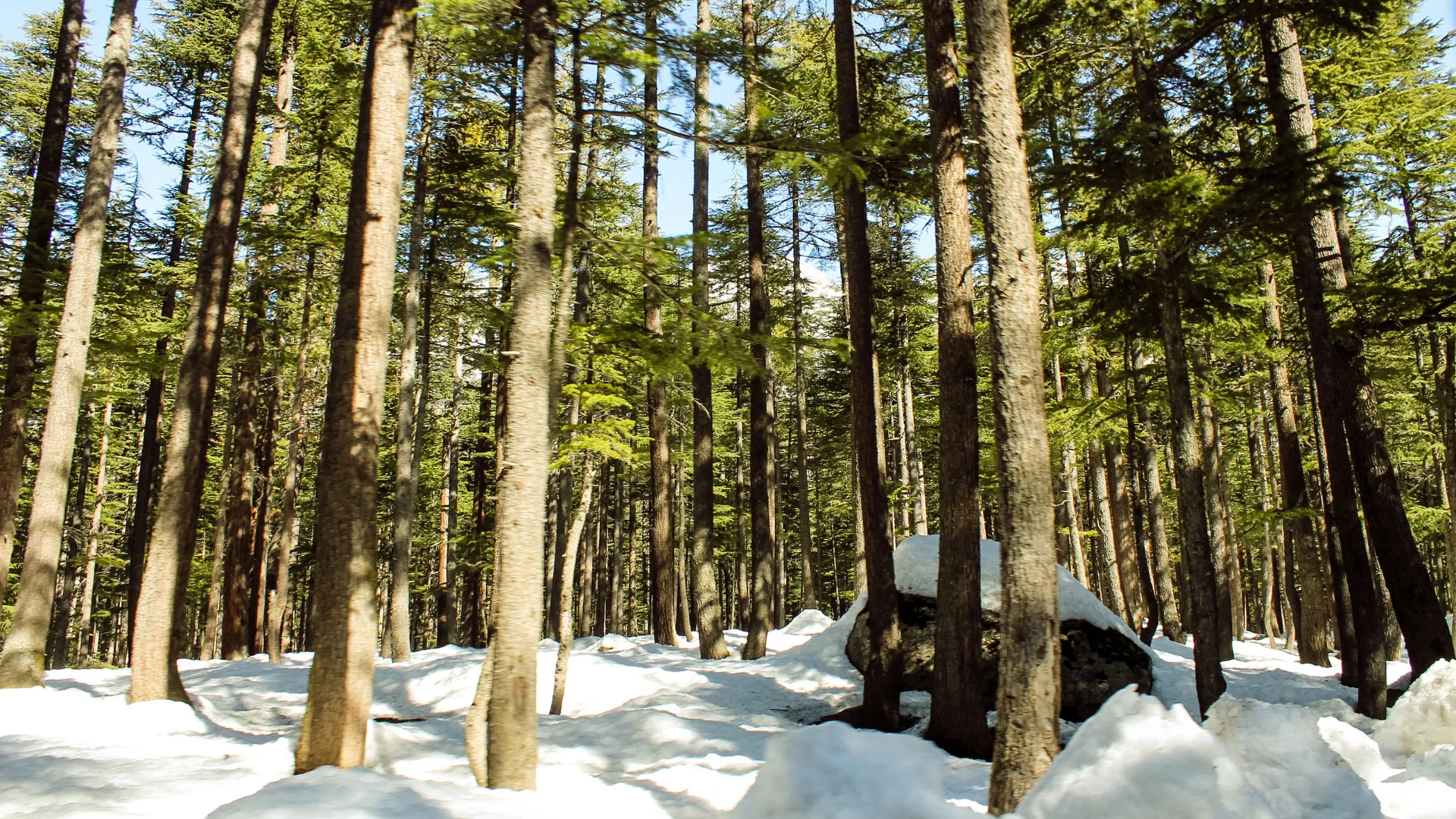Swat Valley, nestled in the Khyber Pakhtunkhwa province of Pakistan, is a place of unparalleled natural beauty, rich cultural heritage, and historical significance. Often referred to as the “Switzerland of the East,” Swat is renowned for its stunning landscapes, from lush green valleys and snow-capped peaks to crystal-clear rivers and serene lakes. This article delves into the allure of Swat Valley Pakistan, exploring its history, culture, top tourist attractions, and the adventure that awaits travelers in this magical part of the world.
Table of Contents
A Glimpse into the History of Swat Valley
Swat Valley has a long and storied history, dating back to ancient times. The valley was once a major center of Buddhism, home to many monasteries, stupas, and other Buddhist relics. The region’s history is rich with tales of kings, conquerors, and religious scholars who left their mark on this beautiful land.
Ancient Buddhist Heritage
Swat Valley was an important center of Buddhism from the 2nd century BCE to the 11th century CE. It was during this time that the valley became known as the Udyana or “garden,” a name that reflects its lush, verdant landscapes. The region is dotted with remnants of this period, including Buddhist stupas, monasteries, and statues. The Butkara Stupa, one of the oldest and most important Buddhist monuments in the valley, is a must-visit for history enthusiasts.
The Yousafzai Kingdom
In the 16th century, the Yousafzai tribe, a Pashtun ethnic group, established their rule over Swat Valley. The Yousafzai kingdom lasted for several centuries, during which the valley saw the development of a rich cultural heritage, blending Pashtun traditions with influences from earlier Buddhist and Hindu periods. The legacy of the Yousafzai can still be seen in the valley’s architecture, language, and customs.
Modern History and Restoration
Swat Valley gained international attention in the 20th century due to its beauty and as a peaceful retreat for travelers. However, the valley also experienced periods of turmoil, particularly during the rise of militancy in the early 2000s. In recent years, Swat has seen a remarkable restoration of peace and security, making it once again a popular destination for tourists from around the world.
The Natural Beauty of Swat Valley
Swat Valley is a place where nature’s splendor is on full display. The valley’s diverse landscapes, from verdant meadows and lush forests to towering mountains and serene lakes, offer a paradise for nature lovers and adventurers alike.
The Majestic River Swat
The Swat River, which flows through the heart of the valley, is one of its most defining features. The river’s crystal-clear waters originate from the melting glaciers of the Hindu Kush mountains and wind through the valley, providing sustenance to the lush greenery and a source of life for the local communities. The river is also a popular spot for fishing, boating, and picnicking.

Lush Valleys and Scenic Landscapes
Swat Valley is home to several picturesque sub-valleys, each with its own unique charm. The Kalam Valley, with its lush pine forests and snow-capped mountains, is one of the most popular destinations. The Malam Jabba Valley, known for its ski resort, offers a winter wonderland for adventure seekers. The Miandam and Madyan valleys, with their terraced fields and fruit orchards, provide a peaceful retreat for those looking to escape the hustle and bustle of city life.
Enchanting Lakes
Swat Valley is also known for its stunning lakes, which are often surrounded by towering mountains and dense forests. Mahodand Lake, located in the upper reaches of the Kalam Valley, is one of the most famous. Its turquoise waters, framed by snow-capped peaks, make it a popular spot for fishing, boating, and camping. Kundol Lake and Daral Lake are also popular among trekkers and nature lovers, offering breathtaking views and a sense of tranquility.

Top Tourist Attractions in Swat Valley
Swat Valley is brimming with tourist attractions that cater to a wide range of interests, from history and culture to adventure and relaxation.
Mingora and Saidu Sharif
Mingora is the largest city in Swat Valley and serves as its commercial hub. The city, along with the adjacent town of Saidu Sharif, offers a blend of modernity and tradition. Visitors can explore the Mingora Bazaar, known for its handicrafts and traditional goods, or visit the Swat Museum in Saidu Sharif, which houses a remarkable collection of Gandhara art, showcasing the region’s Buddhist heritage.
Buddhist Archaeological Sites
For history enthusiasts, the Buddhist archaeological sites in Swat Valley are a must-visit. In addition to the Butkara Stupa, the Amluk-Dara Stupa and the Jahanabad Buddha, a large rock carving of the Buddha, are also significant historical sites. These sites offer a glimpse into the valley’s ancient past and its role as a center of Buddhist learning and culture.

Malam Jabba Ski Resort
Malam Jabba is Pakistan’s premier ski resort, located in the Hindu Kush mountain range. The resort offers skiing and snowboarding opportunities during the winter months, with slopes suitable for both beginners and experienced skiers. In addition to winter sports, Malam Jabba is also a popular destination in the summer, offering hiking trails, chairlift rides, and stunning panoramic views.

Ushu Forest and Matiltan
The Ushu Forest, located near Kalam, is a dense pine forest that provides a serene environment for nature walks and picnics. The forest is also a gateway to the Matiltan area, known for its stunning waterfalls, glaciers, and trekking routes. The Ushu Glacier and Falak Sar, the highest peak in the Swat Valley, are popular destinations for trekkers and mountaineers.
Kumrat Valley
While not technically within Swat Valley, Kumrat Valley is a nearby destination that is often visited by those exploring the region. Known for its untouched beauty, Kumrat Valley offers a pristine environment with dense forests, flowing rivers, and towering mountains. It’s an ideal spot for camping, hiking, and immersing yourself in nature.

Cultural Heritage of Swat Valley
Swat Valley is not only known for its natural beauty but also for its rich cultural heritage, deeply rooted in the traditions of the Pashtun people.
Pashtun Hospitality
The people of Swat are known for their warm hospitality, a hallmark of Pashtun culture. Visitors to the valley can expect to be welcomed with open arms, whether they’re staying in a local guesthouse or simply passing through a village. The local cuisine, including dishes like chapli kebab, lamb karahi, and naan bread, is a reflection of the valley’s rich cultural heritage.
Traditional Festivals
Swat Valley is home to several traditional festivals that offer a glimpse into the local culture. The Swat Snow Festival, held in Malam Jabba, celebrates the winter season with skiing, snowboarding, and cultural performances. The Chilimjusht Festival, although celebrated by the Kalash people in nearby valleys, is also an important event for the region, marking the arrival of spring with music, dance, and religious rituals.
Handicrafts and Art
Swat Valley is known for its intricate handicrafts, including handwoven rugs, embroidered fabrics, and wooden carvings. The local artisans draw inspiration from the valley’s natural beauty and rich cultural history, creating unique pieces that are cherished by visitors. The Mingora Bazaar is a great place to shop for these traditional crafts, providing a connection to the valley’s artistic heritage.
Adventure Activities in Swat Valley Pakistan
Swat Valley is a paradise for adventure seekers, offering a wide range of outdoor activities that cater to all levels of experience.
Trekking and Hiking
Trekking and hiking are among the most popular activities in Swat Valley, with numerous trails that lead through lush forests, along rivers, and up to high-altitude lakes and glaciers. The trek to Kandol Lake, located near Kalam, is one of the most popular, offering breathtaking views of the surrounding mountains. The more challenging trek to Falak Sar, the highest peak in the valley, rewards climbers with panoramic views of the entire region.
Fishing
The Swat River and its tributaries are teeming with fish, making the valley a popular destination for fishing enthusiasts. Trout fishing is particularly popular in the upper reaches of the river, where the clear, cold waters provide the perfect environment for this prized fish. Fishing permits are required, and local guides can help visitors find the best spots.
Skiing and Snowboarding
Malam Jabba Ski Resort is the main destination for winter sports in Swat Valley. The resort offers a range of slopes for skiing and snowboarding, with equipment rentals and lessons available for beginners. The winter season, from December to March, is the best time to visit for those looking to enjoy the snow.
Camping
Camping is a popular way to experience the natural beauty of Swat Valley, with numerous campsites located in the valley’s most scenic areas. Whether you’re camping by the shores of Mahodand Lake, in the shadow of the Ushu Glacier, or in the peaceful meadows of Kumrat Valley, there’s no better way to connect with nature.
Travel Tips for Visiting Swat Valley
For those planning a trip to Swat Valley, here are some practical tips to help you make the most of your visit:
- Best Time to Visit: The best time to visit Swat Valley is during the summer months, from May to September, when the weather is mild and the valley is in full bloom. The winter months, from December to March, are ideal for skiing and snowboarding.
- Getting There: Swat Valley is accessible by road from Islamabad, with the journey taking approximately 4-5 hours. The roads are well-maintained, but it’s advisable to check the weather conditions before traveling, especially during the winter months.
- Accommodation: Swat Valley offers a range of accommodation options, from luxury hotels and resorts to budget guesthouses and campsites. It’s advisable to book in advance, especially during peak tourist seasons.
- Safety: Swat Valley is now a safe destination for tourists, with improved security measures in place. However, it’s always a good idea to stay informed about the local situation and follow the advice of local authorities.
Suggested-A Guide to Mountaineering in Pakistan
Conclusion
Swat Valley, Pakistan, is a destination that offers something for everyone—stunning natural beauty, rich cultural heritage, adventure activities, and warm hospitality. Whether you’re exploring ancient Buddhist sites, trekking through lush forests, or simply soaking in the serene beauty of the landscape, Swat Valley promises an unforgettable experience. It’s no wonder that this hidden gem of Pakistan is often referred to as the “Switzerland of the East.”
FAQs
What is Swat Valley known for?
Swat Valley is known for its breathtaking natural beauty, rich cultural heritage, and historical significance, often referred to as the “Switzerland of the East.”
Is Swat Valley safe for tourists?
Yes, Swat Valley is now a safe destination for tourists, with improved security measures in place. Visitors can explore the valley with confidence and enjoy its many attractions.
What are the top tourist attractions in Swat Valley?
Top attractions in Swat Valley include Mingora and Saidu Sharif, Buddhist archaeological sites, Malam Jabba Ski Resort, Ushu Forest, and the picturesque lakes like Mahodand and Kundol.
When is the best time to visit Swat Valley?
The best time to visit Swat Valley is during the summer months, from May to September, for pleasant weather and blooming landscapes. The winter months are ideal for skiing and snowboarding.
What activities can I do in Swat Valley?
Swat Valley offers a range of activities, including trekking, hiking, fishing, skiing, snowboarding, and camping, making it a paradise for adventure seekers.
How do I get to Swat Valley?
Swat Valley is accessible by road from Islamabad, with the journey taking approximately 4-5 hours. The roads are well-maintained, but it’s advisable to check weather conditions before traveling.





